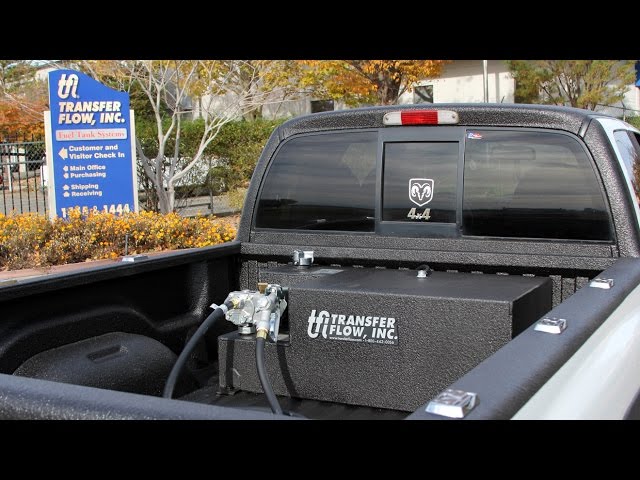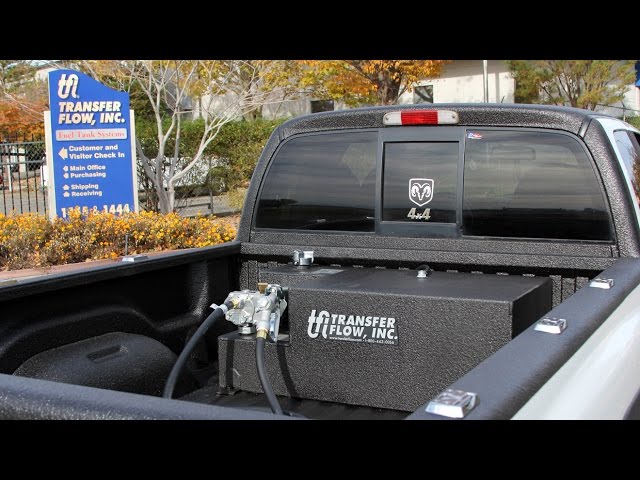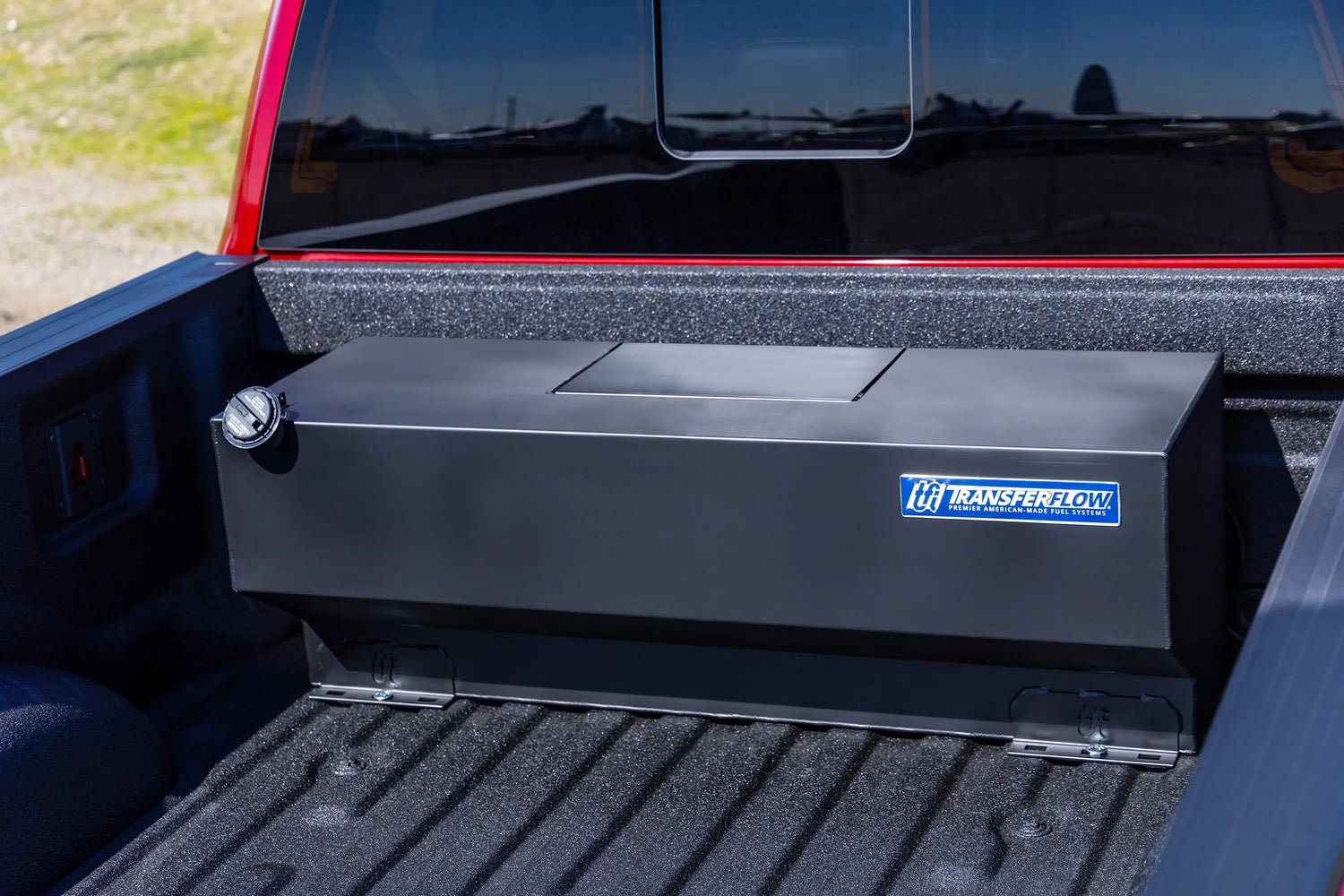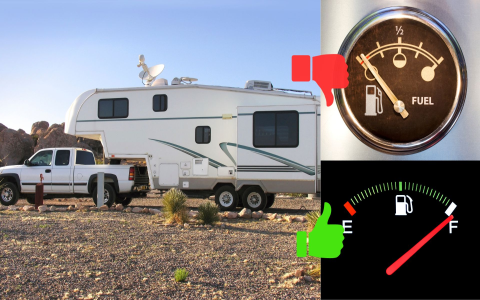Auxiliary Gas Tanks for Pickup Trucks: A Complete Guide
Auxiliary Gas Tanks for Pickup Trucks: A Complete Guide
If you’re a pickup truck owner who tows heavy loads, ventures deep off-grid, or simply hates the constant stops at the pump, you’ve likely considered an auxiliary gas tank. This guide cuts through the noise to give you the straight facts. We’ll break down everything you need to know about these fuel-expanding systems, from the different types available to the critical installation details, helping you decide if adding an auxiliary fuel tank is the right move for your rig and your lifestyle. Let’s dive in and get you the extended range you need.
Why Consider an Auxiliary Fuel Tank?
The primary reason for installing an auxiliary gas tank is simple: to go farther on a single fill-up. But the benefits extend beyond just convenience. For long-haul towers, an extra fuel tank provides peace of mind, especially when towing through remote areas where gas stations are sparse and prices are high. Off-road enthusiasts can explore deeper into the backcountry without the anxiety of running out of fuel. From a practical standpoint, filling two tanks at once can also save you money if you find fuel at a lower price, and it reduces engine cycling on and off the main tank, which can promote more consistent fuel system health. It’s about freedom, capability, and smart vehicle management.

Types of Auxiliary Gas Tanks: Replacement vs. Add-On
Not all auxiliary fuel tanks are created equal. Understanding the two main categories is your first step.
- Replacement Tanks: These units completely replace your truck’s stock fuel tank with a larger one. The major advantage is a seamless, OEM-like look and often a greater total fuel capacity. The downside is that installation is more involved, typically requiring you to drop the old tank out.
- Add-On Tanks: These are secondary tanks that work alongside your factory tank. They are the more popular choice due to their versatility. They can be mounted in the truck bed, under the body, or even in a toolbox. This category includes simple “transfer flow” tanks that you manually switch to and more complex systems that automatically feed fuel into the main tank.
Key Features to Compare Before You Buy
Choosing the right auxiliary gas tank involves looking at several critical factors. To make this easier, here’s a comparison of the most common considerations.
| Feature | In-Bed Tank | Under-Body Tank | Toolbox Combo Tank |
|---|---|---|---|
| Capacity (Typical) | 40 – 100 gallons | 30 – 60 gallons | 50 – 90 gallons |
| Installation Complexity | Low to Moderate | High | Moderate |
| Impact on Cargo Space | High | None | Moderate (replaces toolbox) |
| Durability & Protection | Good (if protected) | Excellent | Good |
| Best For | Contractors, users who need max capacity | Off-roaders, users wanting a clean look | Users needing secure storage and extra fuel |
Installation Insights: DIY or Professional Help?
Installing a secondary fuel tank is not like bolting on a new bumper. It involves fuel lines, potential electrical connections for pumps and gauges, and serious safety considerations. For a simple in-bed tank that doesn’t connect to the main tank, a competent DIYer with mechanical experience might handle it. However, for any system that involves splicing into your truck’s factory fuel system or installing an under-body tank, professional installation is strongly recommended.
I consulted with Mike Roberts, a certified master technician with over 20 years of experience specializing in truck fuel systems. He emphasized, “The biggest risk with a DIY install is a fuel leak, which is a major fire hazard. A professional installer will not only ensure it’s done safely but will also be familiar with the specific requirements for emissions compliance in all 50 states. This is one area where the cost of a pro is a wise investment in safety and legality.”
Legal and Safety Considerations You Can’t Ignore
Before you purchase anything, you must understand the regulations. In the United States, the Environmental Protection Agency (EPA) regulates vehicle fuel systems. Any auxiliary tank that is permanently installed and vents vapors to the atmosphere is likely not compliant with current EPA regulations. Modern, compliant systems are typically closed-loop, meaning they route fuel vapors back to the main tank or have sealed, pressurized designs.
According to a report from the EPA, tampering with a vehicle’s emissions control system is illegal. Since your fuel system is part of this, using a non-compliant tank could land you in hot water. Furthermore, the National Highway Traffic Safety Administration (NHTSA) has crash safety standards that your installation must not compromise. Always buy tanks from reputable manufacturers that explicitly state their products are EPA and DOT compliant for on-road use.
Maintaining Your Auxiliary Fuel System
An auxiliary tank requires the same care as your main tank. Use clean, quality fuel and consider a fuel stabilizer if the tank will sit for long periods. It’s also wise to periodically inspect all lines, connections, and the tank itself for signs of wear, damage, or leaks. If your system has a filter, change it according to the manufacturer’s recommendations. A little preventative maintenance goes a long way in ensuring your extended-range system remains reliable for years to come.

Frequently Asked Questions
Q: How much does a good auxiliary fuel tank cost?
A: Prices vary widely based on capacity, material (polyethylene vs. steel), and features. A basic in-bed tank can start around $500, while a high-capacity, professionally installed under-body system with an automatic transfer pump can run $2,000 to $4,000 or more.
Q: Will an auxiliary tank void my truck’s warranty?
A: According to the Magnuson-Moss Warranty Act, a dealer cannot void your warranty simply for adding an aftermarket part. However, if they can prove that the auxiliary tank directly caused a failure (like a fuel pump issue), they may deny coverage for that specific repair. Using a certified professional for installation helps mitigate this risk.
Q: Can I use my auxiliary tank for diesel and gasoline?
A: Tanks are typically designed for one specific fuel type due to different material compatibilities and regulatory requirements. Never put gasoline in a tank designed for diesel, or vice-versa.
Q: How long does it take to install one?

A: A professional installation for a complex under-body system with an automatic transfer function can take a full day or more. A simpler in-bed tank might take an experienced installer just a few hours.
Final Thoughts
Investing in an auxiliary gas tank can be a game-changer for your pickup truck, unlocking new levels of range and utility. The key is to do your homework. Carefully weigh the types of tanks against your needs, prioritize EPA-compliant models, and don’t cut corners on installation. When chosen and installed correctly, an auxiliary fuel tank is more than just an accessory; it’s an investment in the ultimate driving freedom.
Sources:
1. U.S. Environmental Protection Agency (EPA). “Mobile Source Enforcement.” https://www.epa.gov/enforcement/mobile-source-enforcement.
2. National Highway Traffic Safety Administration (NHTSA). https://www.nhtsa.gov/.
3. Interview with Mike Roberts, Master Automotive Technician (ASE Certified).






